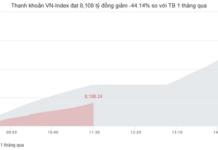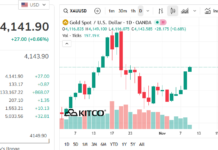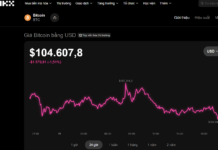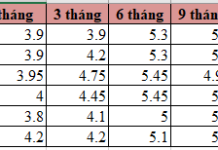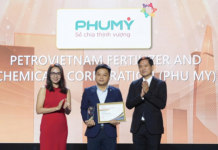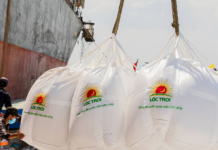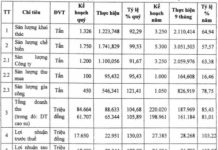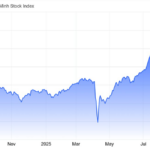These insights are contributed by the Ministry of Health and the Ministry of Industry and Trade, including experts from the Institute for Industry and Trade Policy and Strategy Research, the Institute of Food Industry, advisory units such as the Vietnam Livestock Association, Hanoi University of Technology, and several leading dairy businesses.
According to Decision No. 155/QD-BCT in 2024 on constructing the Vietnam Dairy Industry Development Strategy for the period towards 2030, with a vision towards 2045, the Ministry of Industry and Trade, along with the Institute for Industry and Trade Policy and Strategy, has drafted the Strategy by organizing numerous consultative workshops with experts, enterprises, and relevant stakeholders.
The workshop on August 5 continues to be an important consultative forum to perfect the Strategy in a scientific, comprehensive, and practical direction, focusing on promoting linkages among relevant parties in developing the dairy industry, especially for processed products from fresh milk, and proposing to increase the output of fresh milk raw materials in Vietnam, gradually meeting domestic demand and contributing to the goal of improving the stature of Vietnamese people and sustainable economic development, for a strong Vietnam and community health.
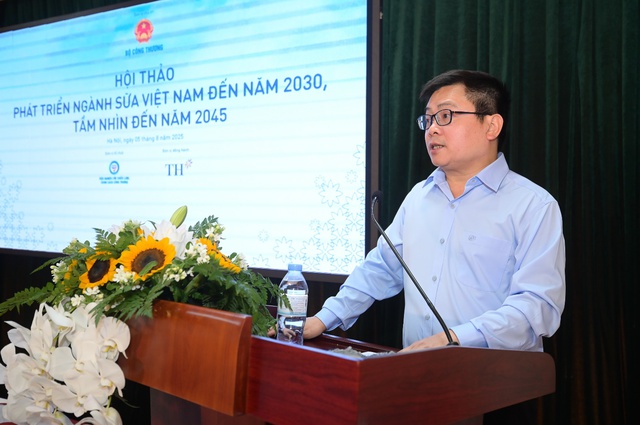
Vice Minister of Industry and Trade Truong Thanh Hoai chaired and spoke at the workshop.
This workshop takes place against the backdrop of the current state of the Vietnamese dairy industry, which heavily relies on imported milk and milk powder (for producing formula milk or reconstituting into liquid milk). The output of domestic fresh milk raw materials currently only meets about 40% of production needs, leading to milk and dairy product import costs of over $1.1 billion in 2024.
Urgent need to amend outdated points in dairy industry technical regulations
The report “Overview of the Vietnam Dairy Industry, Status, and Summary of the Draft Dairy Industry Strategy towards 2030, Vision towards 2045” by the Institute for Industry and Trade Policy and Strategy Research (Ministry of Industry and Trade) assesses that one of the current prominent challenges is the outdated and inconsistent technical standards and regulations, especially for liquid dairy products.
The report analyzes a typical example: the National Technical Regulation QCVN 5-1:2010/BYT on liquid dairy products, issued by the Ministry of Health in 2010. The way this Regulation defines sterilized milk has caused confusion, implying that a product labeled “sterilized milk” is obviously made from fresh milk, leaving consumers uninformed. This labeling is also incompatible with international standards such as Codex – an organization to which Vietnam is a member, affecting export capacity and integration.
Many experts argue that this situation underscores the urgency of amending the national regulatory system, especially in clearly identifying liquid dairy products according to their true nature.

In developed countries, most liquid milk products are made from fresh milk raw materials. Many other countries have taken decisive steps to standardize definitions and milk quality. Ms. Le Thai Ha, Deputy Director of the Department of Preventive Medicine – Ministry of Health, gives an example. Recently, China officially prohibited the use of reconstituted milk powder in the production of sterilized milk (Amendment Appendix No. 1 of standard GB 25190 – 2010, effective from September 16, 2025) to promote the domestic dairy industry and protect consumers.
“We should refer to the experiences of advanced and developed countries worldwide, accurately naming liquid milk products in the Fresh Milk Group according to their true nature” – said Ha.
Vice Minister of Industry and Trade Truong Thanh Hoai said that the Ministry would soon issue a document regulating the two types of fresh and reconstituted milk and requiring production units to clearly label them so that consumers can make accurate choices.
Need to increase the dairy cow herd size by 4-5 times and move towards self-sufficiency in fresh milk raw materials
According to statistics, the average milk consumption per capita in Vietnam is still relatively low compared to many developed countries. Currently, the average Vietnamese consumes about 36 kg/year, while the figure is 394 kg in Denmark, 228 kg in the US, and 251 kg in France… The data shows that there is still a large room for growth in the Vietnamese dairy industry.
The Ministry of Industry and Trade has developed a draft Vietnam Dairy Industry Development Strategy towards 2030, with a vision towards 2045. Accordingly, an important objective is to increase the proportion of domestic fresh milk raw materials in production (from the current 40% to about 53-56% by 2030 and 62-65% by 2045). At the same time, Vietnam’s per capita milk consumption is expected to reach 58 kg/year by 2045 or higher.
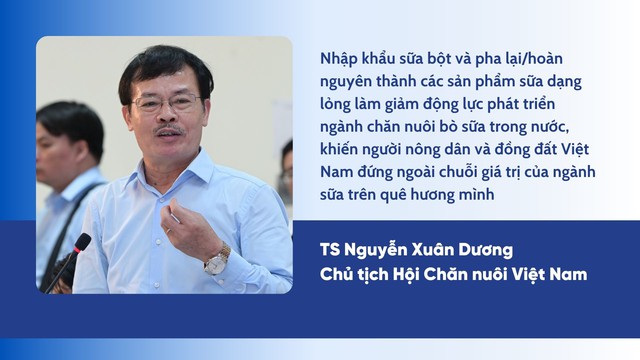
Chairman of the Vietnam Livestock Association, Dr. Nguyen Xuan Duong, affirmed that it is possible to increase the dairy cow herd size by 4-5 times compared to the current figure by 2030, meaning that the domestic dairy cow herd could reach 1.3-1.5 million head, and the output of fresh milk raw materials could reach 4.3-5.0 million tons.
Regarding solutions to contribute to the Dairy Industry Strategy to achieve the above objectives and even more ambitious ones (the target of milk consumption per capita in Vietnam reaching over 100 kg by 2045), Dr. Duong emphasized promoting the shift from reconstituted to fresh milk usage. He argued that this would bring maximum benefits to community health.
“Programs like School Milk will only be truly meaningful when using high-quality fresh milk sources, contributing to improving the physical and intellectual health of Vietnamese people. The reality in developed countries (EU, Japan, USA,…) and the experience of the most populous country in the world, China, show that they only allow fresh milk in the School Milk Program, and the rate of fresh milk consumption among their total population is very high. In developed countries, over 90% of the daily dairy consumption is fresh milk, with only about 10% being formula milk powder” – Dr. Duong analyzed.
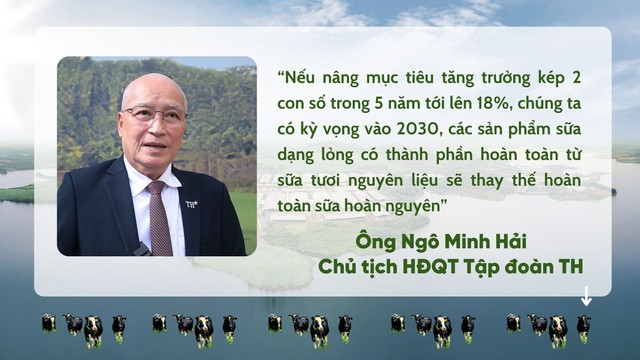
Representing the TH Group, the enterprise owning the TH true MILK brand, which currently holds a large market share in fresh milk, proposed: To achieve the goal of increasing the self-sufficiency capacity of domestic fresh milk raw materials, it is necessary to have preferential policies for the domestic dairy cow farming industry, especially in terms of taxes and land access. Mr. Ngo Minh Hai, Chairman of TH’s Board of Directors, emphasized the need to soon issue a national program on School Meals, learning from the experiences of countries that have dramatically improved their average height, such as Japan.
From the perspective of preventive medicine, Ms. Le Thai Ha affirmed that the dairy industry is an indispensable strategic partner in the journey to improve the stature of Vietnamese people. The Vietnam Dairy Industry Development Strategy towards 2030, with a vision towards 2045, needs to consider researching and developing high-quality School Milk products that meet the standards as one of the priority orientations.
Latest SH Motorcycle Price List for August 2025
“Unveiling the latest SH motorcycle price list for August 2025: A comprehensive guide to the newest SH bike prices across the nation’s dealerships.”
The First-Ever Mega Project in Vietnam’s History: “Laying the Groundwork”: A Global Race to Build
The existence of this first-ever structure in Vietnam’s history is of utmost significance in today’s global context.
Revolutionizing Vietnam’s Infrastructure: Deo Ca’s Visionary Proposal for a $25.5 Billion Transport Network Revolution
“Recently, a delegation from Deo Ca Group, led by its Chairman, Mr. Ho Minh Hoang, engaged in a productive meeting with the Asia-Pacific Institute for Sustainable Development, Hoa Thiet Ke Design Group, and the China Railway Design Consulting Group. The gathering aimed to explore potential collaboration opportunities between the participating entities.”

